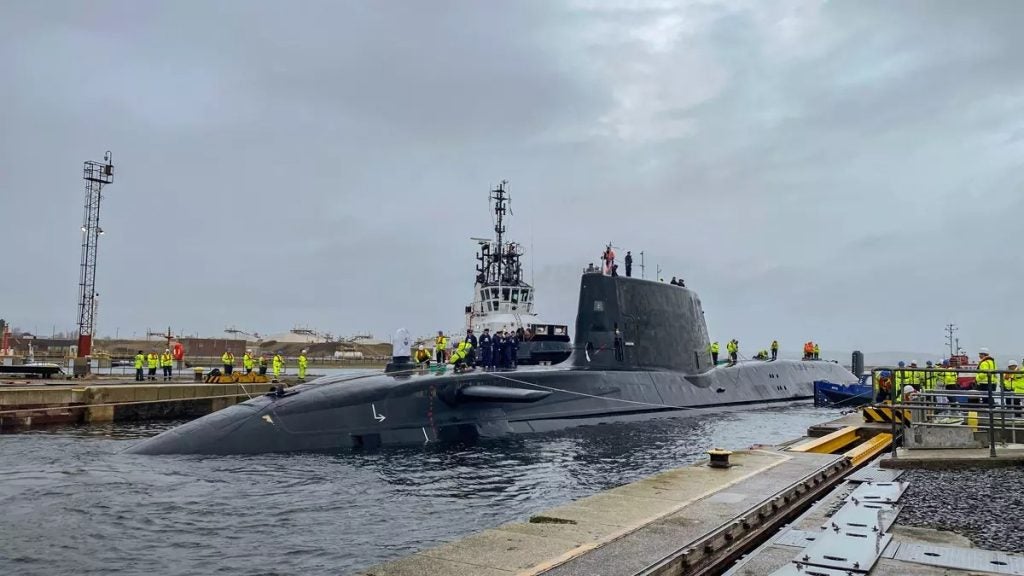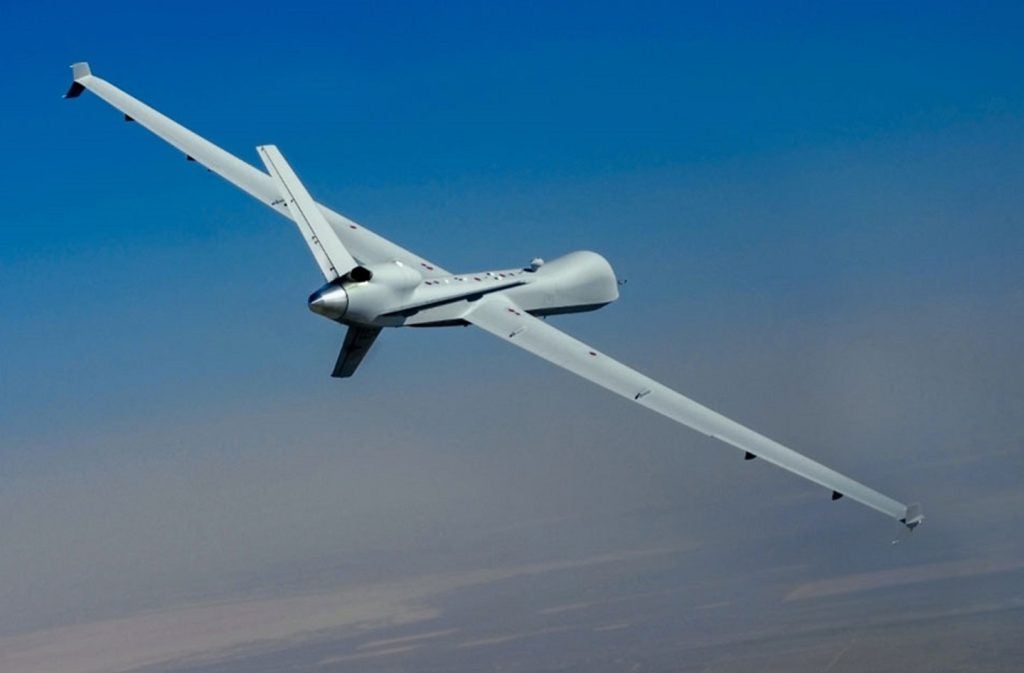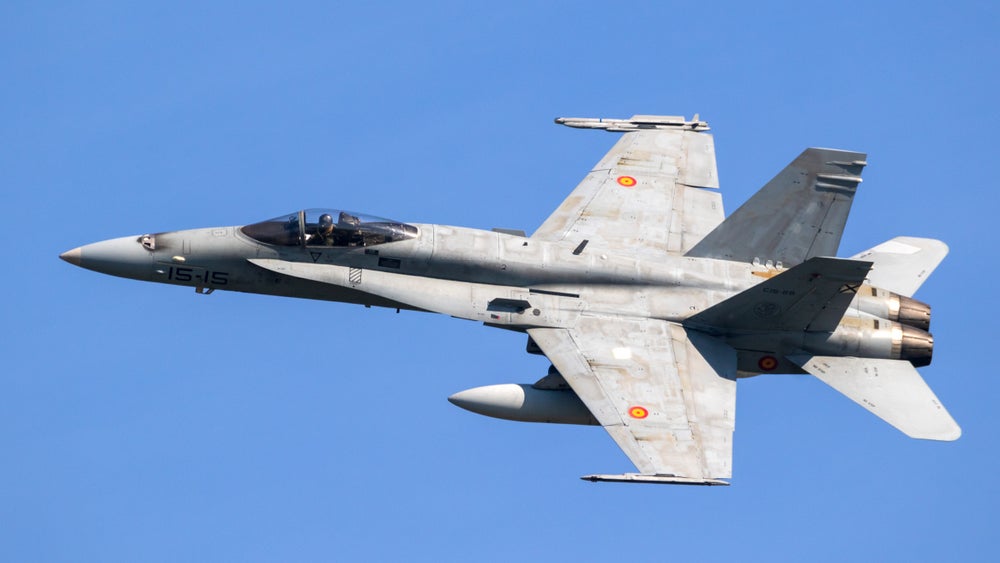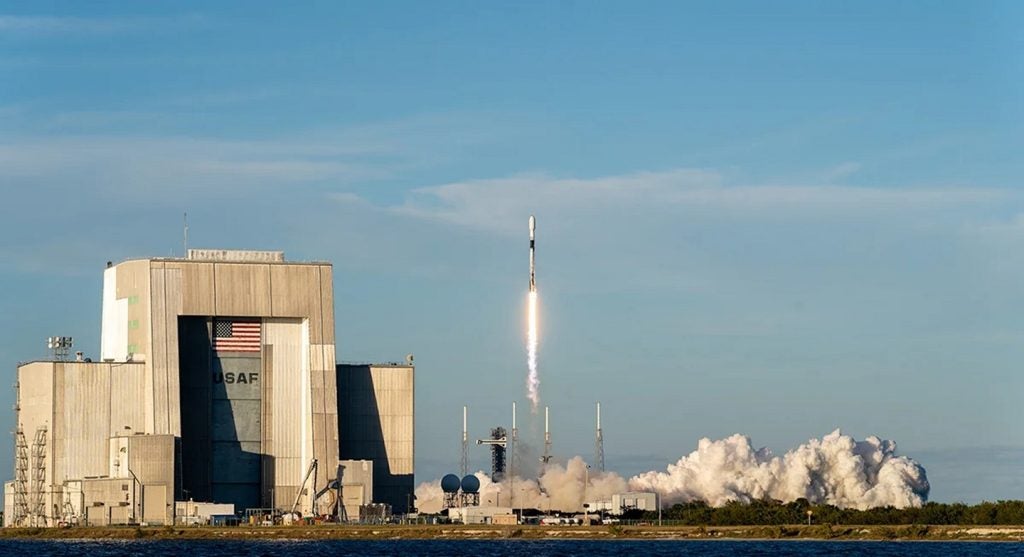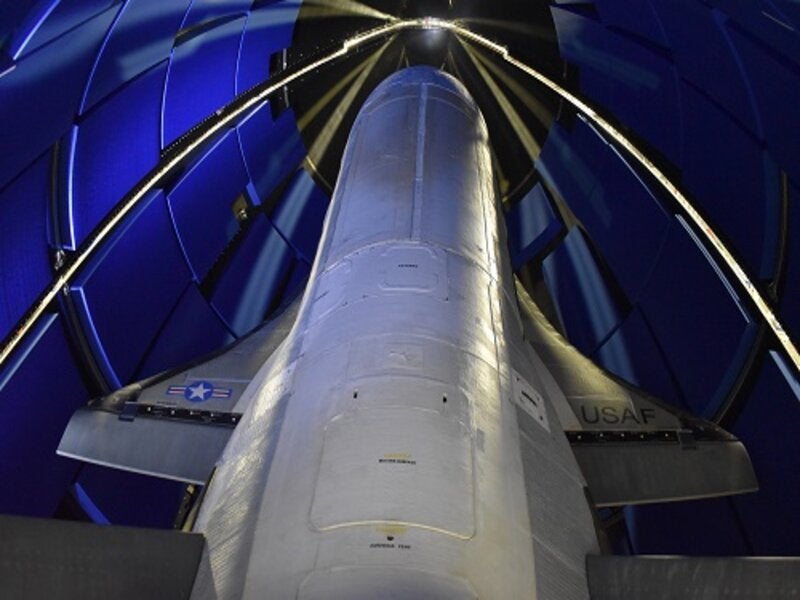
United Launch Alliance has launched an Atlas V rocket carrying the US Air Force (USAF) X-37B autonomous spacecraft built by Boeing to orbit for its sixth mission.
As a prime contractor for the X-37B spacecraft, Boeing integrated all experiments into the vehicle. This will ensure it receives accurate power, thermal and data services.
Additionally, Boeing is working to identify future reusable platform experiment opportunities on each mission.
The sixth mission of X-37B pioneers the use of a service module with additional payload capability, supporting diverse experiments for multiple government partners.
It will deploy a small satellite, FalconSAT-8, to conduct experiments on orbit.
The satellite is developed by the USAF Academy and sponsored by the USAF Research Laboratory.
How well do you really know your competitors?
Access the most comprehensive Company Profiles on the market, powered by GlobalData. Save hours of research. Gain competitive edge.

Thank you!
Your download email will arrive shortly
Not ready to buy yet? Download a free sample
We are confident about the unique quality of our Company Profiles. However, we want you to make the most beneficial decision for your business, so we offer a free sample that you can download by submitting the below form
By GlobalDataFurther, two NASA experiments will be conducted to study the impact of radiation on certain materials and seeds used to grow food.
Additionally, an experiment by the US Naval Research Laboratory will transform solar power into radiofrequency microwave energy, transmitting it to the ground. The mission will also test the reusability of space vehicle technologies.
In April 2010, the first X-37B spaceplane was launched. It spent 780 days in orbit before returning to Earth in October last year.
Boeing Space and Launch senior vice-president Jim Chilton said: “The X-37B has shifted the paradigm and redefined efficiency in space development.
“The rapid technology advancements enabled by the programme will benefit the entire space community and influence the next generation of spacecraft design.”
The X-37B programme is a partnership between the Department of the Air Force Rapid Capabilities Office and the USSF.
Under the Orbital Test Vehicle (OTV) programme, management, engineering, test and mission support functions are conducted at Boeing sites in southern California and Florida.



